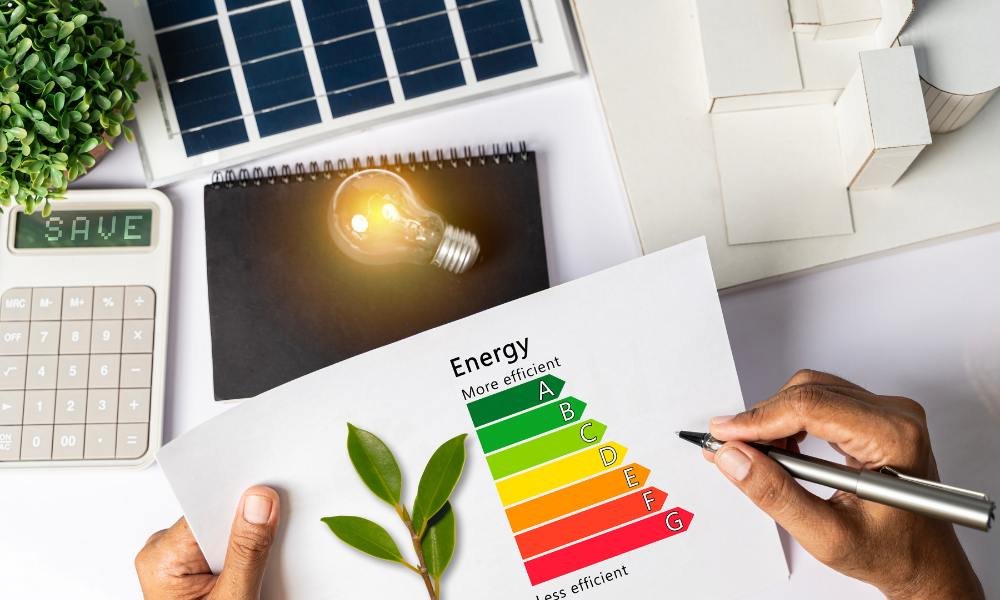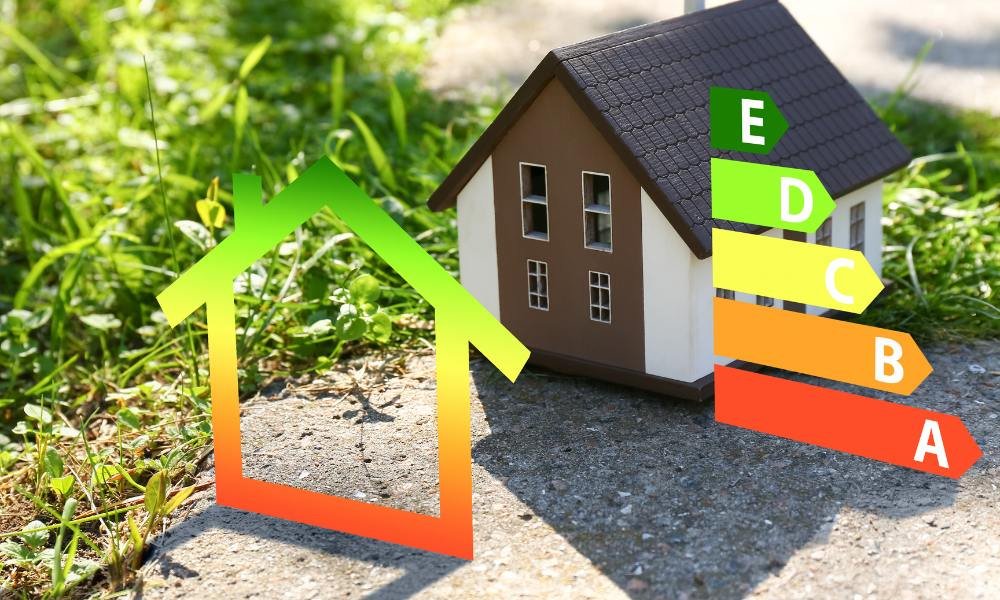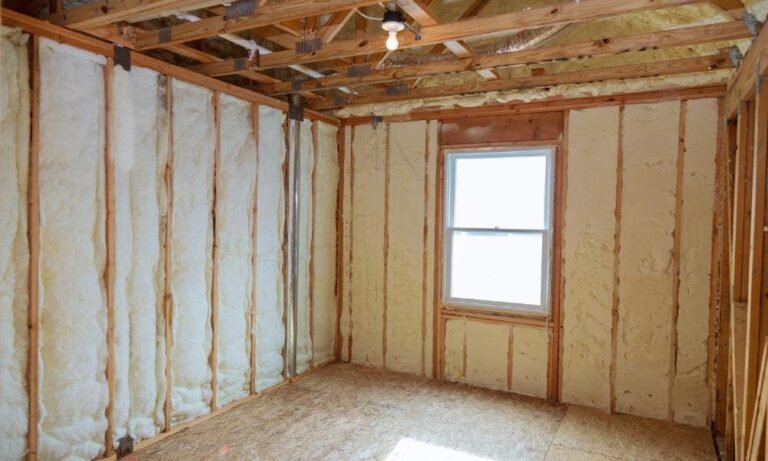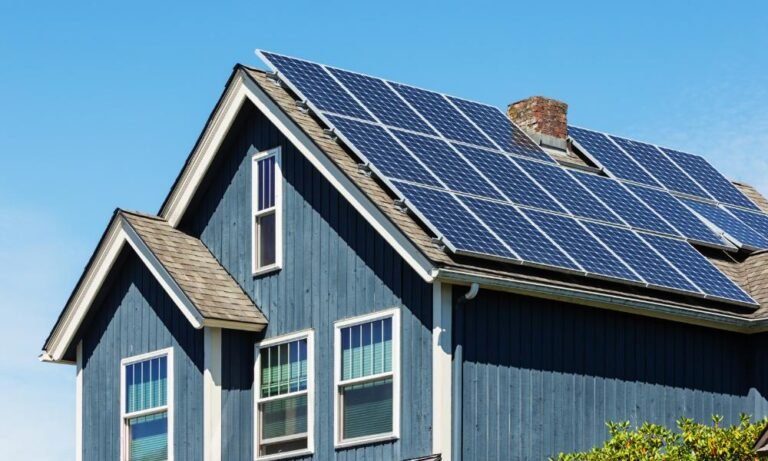Estimated reading time: 6 minutes
Rising utility bills are a reality we all face, but saving energy doesn’t mean sacrificing comfort. With a few smart adjustments, I’ve managed to keep my home cozy while trimming my power bill.
This guide will walk you through practical ways to:
- Spot areas where energy is being wasted
- Improve home insulation to prevent heat loss
- Make appliances work smarter, not harder
- Optimize heating and cooling for year-round efficiency
- Take advantage of solar power for long-term savings
- Adopt simple habits that lower utility costs
Let’s dive in.
1. Start with an Energy Checkup

Before making changes, I always like to assess how my home uses power. An energy audit helps identify where money is slipping through the cracks.
There are two ways to go about it:
A DIY inspection involves walking through your house, checking for drafts near windows, inspecting insulation, and reviewing appliance efficiency.
A professional energy audit provides a more detailed analysis, using tools like thermal cameras to pinpoint hidden inefficiencies. If you’re serious about long-term savings, this is a great investment.
For a deeper look at home energy evaluations, I covered the details in What Is an Energy Audit and Why Do You Need One?.
2. Seal in Comfort with Better Insulation
The easiest way to cut heating and cooling costs is by keeping indoor temperatures stable. Proper insulation keeps warmth in during winter and blocks heat in the summer.
Key areas to insulate include:
Attic insulation prevents heat from escaping through the roof. Since heat rises, poor attic coverage means higher heating costs.
Wall insulation reduces the amount of warmth lost, especially in older homes.
Windows and doors often have small gaps and cracks that allow air to sneak in, forcing your heating and cooling system to work harder.
If you’re unsure whether your home is properly sealed, check out Signs Your Home Needs Better Insulation.
3. Upgrade Appliances to Cut Waste
Old, inefficient appliances are silent energy guzzlers. Swapping them out for newer models might seem like a big investment, but the savings add up fast.
When choosing replacements:
Look for energy-efficient labels, as newer models consume far less power than older versions.
Use smart technology, such as programmable thermostats, to regulate power consumption automatically.
Upgrade outdated systems, as an old refrigerator or washing machine could be responsible for hundreds of extra dollars in energy costs annually.
If a full upgrade isn’t in the budget, consider smart power strips to cut off standby electricity waste.
4. Optimize Heating and Cooling Without Sacrificing Comfort
Heating and cooling account for nearly half of home energy use, so small improvements go a long way.
Lowering the thermostat by just one degree can reduce heating costs by up to ten percent.
Cleaning air filters regularly keeps airflow efficient and prevents the HVAC system from overworking.
Using fans strategically can improve comfort without raising energy costs. Ceiling fans help circulate cool air in the summer and, when reversed, push warm air down in the winter.
A smart thermostat is another great tool. It learns household habits and adjusts automatically to reduce unnecessary energy use.
5. Take Advantage of Solar Power
If you’re tired of paying high electricity bills, solar energy might be the perfect solution.
Switching to solar offers several benefits.
Lower electricity costs are possible for homeowners who generate their own power. Many see reductions of fifty percent or more.
Increased property value is common for homes with solar installations, as energy-efficient features attract buyers.
Long-term sustainability ensures reliable and renewable power for decades to come.
Curious about whether it’s a good fit for your home? Read 7 Signs Your Home is Ready for Solar Panel Installation to learn more.
6. Smart Water Heating Tricks
Water heating makes up about eighteen percent of household energy costs, so small changes can make a big impact.
Lowering the water heater temperature to one hundred twenty degrees is warm enough for household needs while reducing unnecessary heating.
Switching to a tankless water heater eliminates the need for constant water heating, saving energy.
Insulating the water heater tank with an affordable jacket prevents heat loss and saves money annually.
Taking shorter showers and washing clothes in cold water are also effective ways to reduce energy use.
7. Stop Phantom Energy Loss
Many devices still use power even when turned off, contributing to standby energy loss.
Unplugging chargers and small appliances when not in use prevents unnecessary power drain.
Using smart power strips helps cut electricity to idle devices automatically.
Turning off computers, TVs, and gaming consoles at the power source instead of leaving them on standby prevents hidden electricity costs.
This simple habit can add up to significant annual savings.
8. Switch to LED Lighting

One of the easiest and fastest ways to reduce electricity use is upgrading to LED bulbs.
LED bulbs use up to eighty percent less power than traditional incandescent bulbs.
They last up to twenty-five times longer, reducing replacement costs.
Switching just five bulbs in high-use areas can save around seventy-five dollars per year.
Adding motion sensors or timers for outdoor lighting prevents unnecessary power use.
9. Change Daily Habits for Long-Term Savings
Sometimes, saving energy is as easy as being mindful of everyday habits.
Using cold water for laundry instead of warm settings saves energy while keeping clothes in good condition.
Cooking efficiently by covering pots, using pressure cookers, and minimizing oven door openings conserves heat.
Drying clothes naturally instead of using a tumble dryer can lead to noticeable energy savings over time.
Boiling only the necessary amount of water prevents unnecessary electricity consumption when using kettles.
Each of these small adjustments contributes to lower utility bills over time.
10. Consider Energy Rebates and Incentives
Governments and utility companies often provide rebates for homeowners making energy-efficient upgrades.
Tax credits may be available for installing solar panels or upgrading to energy-efficient appliances.
Rebates on insulation or window upgrades help reduce the upfront costs of home improvements.
Discounts for smart thermostats and LED lighting provide an incentive to switch to more efficient products.
Checking local programs is a great way to find money-saving opportunities for energy-efficient home upgrades.
Final Thoughts
Improving energy efficiency isn’t just about lowering bills. It’s about making smart choices that benefit both household budgets and the environment.
Whether it’s sealing drafts, upgrading appliances, or switching to solar, small improvements lead to significant savings over time.
For more ways to optimize home energy use, take a look at my DIY Energy Auditing Guide for extra steps to cut waste and maximize efficiency.
Have your own energy-saving tips? Share them in the comments. I’d love to hear what works for you.



